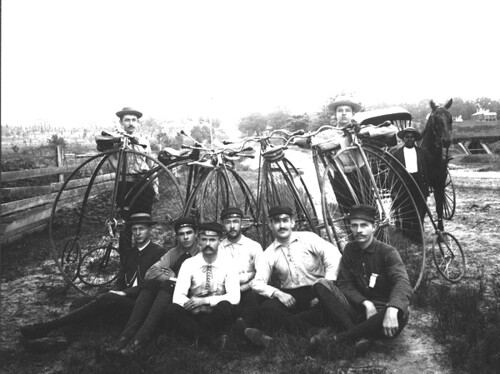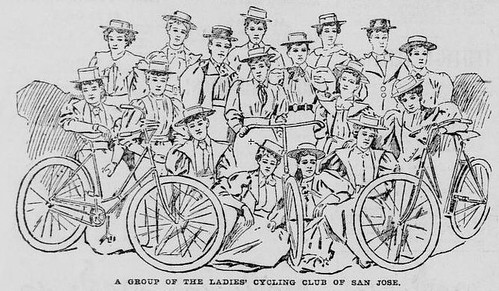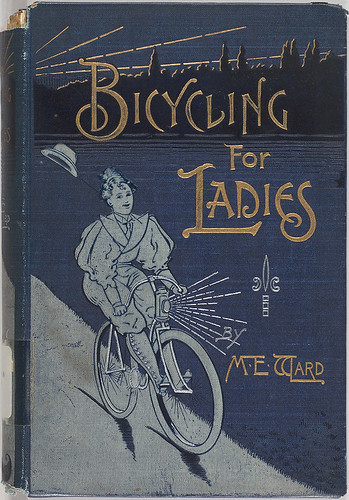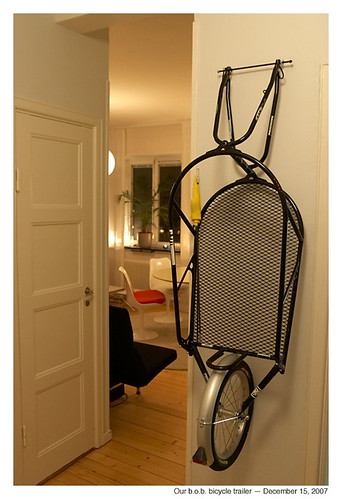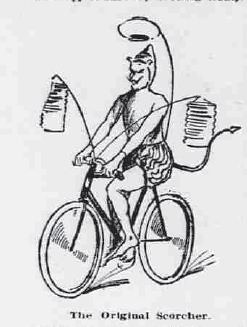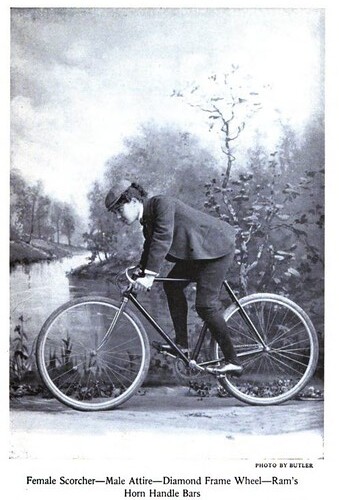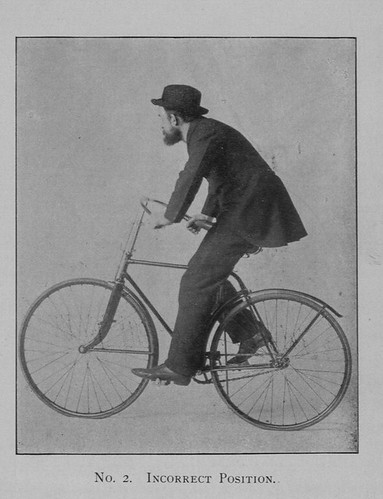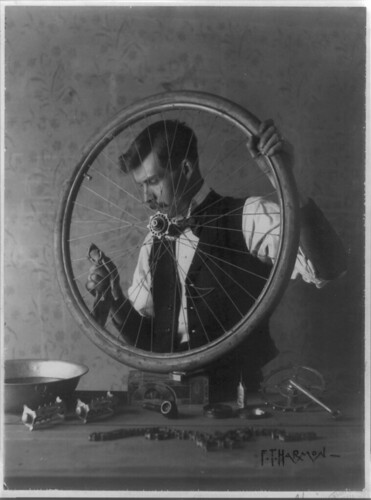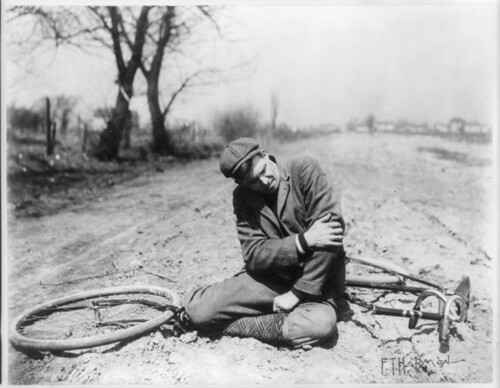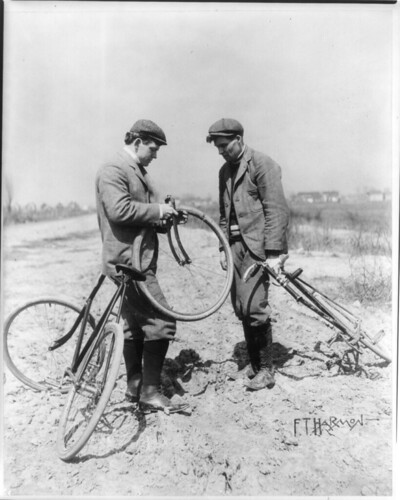Lately I have been commuting every day on my 30 year old Bridgestone. Two weeks ago, I got ready to go and when I put air in the rear tire, it started coming out faster than I could put it in! The edge of the hole in the wheel that the stem passes through had a rough edge that had made a hole in the rubber of the tire that extends a small way up the stem creating a leak. This was not a "puncture" flat of the usual sort but still, flat tires tend to come in "threes" so I guess I wasn't surprised when yesterday I had a flat tire on the way to work.
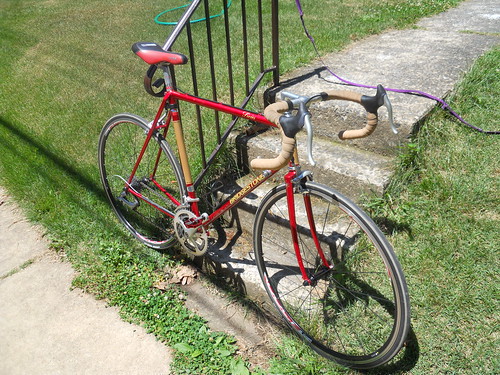
My nice 1982 Bridgestone Sirius, with air in the tires
Before 7 am these days, it is dark out. Plus the weather yesterday was strange - the temperature this early was close to 60 degrees - but rain was threatening so I was pretty sure that stopping to fix a tire was going to increase my chances of getting wet. As it turned out, I was just at where the Four Mile Run trail passes under Route 1 and the GW Parkway near the south end of the airport, so I pulled over between two lights and at least could see what I was doing.
I like to imagine I can fix a flat in ten minutes or less, but it is always more like 15. Off comes the tire and I pull out the tube and mark the tube with my Sharpie as to which side of the tube was which - if I don't do that, then when I find out where the hole is it is just that much more work figuring out if the sharp thing that came through the tire is still there or not. (I never like putting in a fresh tube not knowing what caused a whole in the previous one.) I put some air in the tube and easily found the hole, marked it, then matched it up with the tire and quickly found a very stiff bit of fine wire, say 3/8 inch long, going right through the tire that had punctured the tube. It was nice that there was no damage to the tire at least. Even with Kevlar belts this kind of thing is going to happen, although how this wire had been sitting there on the trail, standing on end waiting for a bike tire to poke into, is hard to imagine. Out comes the wire from the tire, take new tube from tool bag, put wheel back together, fill with air and off I go.

I guess I should have put on some rubber gloves
Nine riders went by while I worked on my tire - none of the fair weather bike commuters out on a day like this! I was a little disappointed that of the nine, five rode by in silence (like I wasn't there) and only four offered to help with the usual "got what you need?" or similar. Of course, to stop on a day like this would be to increase the chances of getting caught in the rain. Not that we are going to melt . . .
Having fixed my flat about three miles into my ten mile ride, I then took off - I found that the wind was from the south (which is unusual at this time of day) and I made good time, although I didn't make up for the 15 minute "break" in my ride! Still, it was exhilarating. As I crossed the 14th St Bridge, I could see rain off to the north, but I got to work without getting caught in the rain. On the way to my office, after parking my bike in the garage, I looked out a window and was surprised to see water sluicing down the windows from a downpour. I don't mind riding in the rain, but not so much downpours, so even with my stop I managed to avoid that. Good!
Almost immediately after broad adoption of pneumatic tires for bicycles in the late 1880s, people began trying to figure out a way to avoid flat tires and yet have the obvious benefits of that kind of tire (as compared to solid rubber or other sold tires).
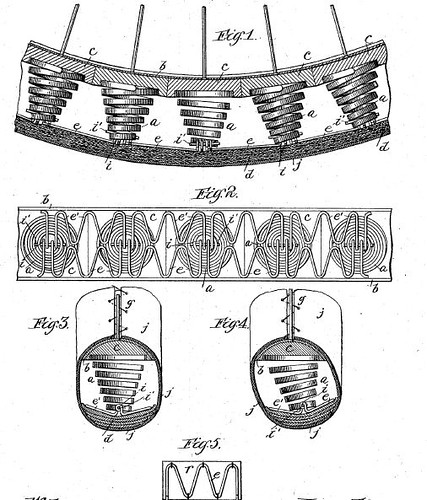
An example of an 1896 proposed alternative to the pneumatic tire
So far, however, nothing like to replace the pneumatic tire (and inevitable flat tires) has been developed that is widely used.
